Cinematography lighting techniques in film are essential and often overlooked aspects of filmmaking. They play a vital role in shaping the mood and atmosphere of a scene, creating the visual language that can make or break a film. As a cinematographer, I have always been fascinated by the power of light to tell a story, and in this article, I will share my insights into the art of lighting in film.
In essence, cinematography is the art of visual storytelling. It involves using various techniques, such as camera movement, framing, and lighting, to create a compelling and immersive visual narrative. Among these elements, lighting is perhaps the most powerful, as it can evoke emotions, set the tone, and convey a sense of place and time.
In the following sections, we will explore the importance of lighting in film, the different types of cinematography lighting techniques, and how they can be used to enhance mood and atmosphere. We will also delve into the role of shadows and contrast, creative lighting techniques in film for specific genres, and iconic examples of cinematography lighting techniques in film.
Table of Contents
The Importance of Lighting Techniques in Film
Lighting is a crucial element in filmmaking, as it not only allows the audience to see the action on screen but also shapes the way they perceive the story. It can create a sense of realism or fantasy, draw attention to specific details or characters, and evoke emotions such as fear, joy, or sadness. In short, lighting has the power to immerse the audience in the world of the film and make them feel connected to the story.
Moreover, lighting plays a significant role in defining the visual style of a film. It can be used to create a sense of depth and three-dimensionality, making the images on screen appear more lifelike and engaging. It also helps establish the mood and atmosphere of a scene, whether it’s dark and mysterious, bright and cheerful, or somewhere in between.
Furthermore, lighting can also be used to guide the audience’s eye and highlight specific elements within the frame. By using different lighting techniques in film, a cinematographer can draw attention to a particular character or object, create a sense of movement and dynamism, or simply set the stage for the action to unfold.
Types of cinematography lighting techniques in film
Natural lighting vs artificial lighting
Cinematography lighting techniques can be broadly divided into two categories: natural and artificial. Natural lighting refers to the use of sunlight or other natural light sources, such as moonlight or firelight, to illuminate a scene. This type of lighting is often preferred by filmmakers for its realism and organic quality, as it can create a sense of authenticity and spontaneity.
On the other hand, artificial lighting involves the use of various types of lights and equipment, such as tungsten, LED, or fluorescent lights, to create the desired lighting effects. Artificial lighting allows for greater control and precision, enabling filmmakers to craft a specific mood or atmosphere and achieve consistent results throughout the film.
Both natural and artificial lighting techniques in film have their advantages and drawbacks, and the choice between them largely depends on the creative vision and technical knowledge of the filmmaker and the requirements of the scene.
Key lighting techniques in film and their impact on mood
High-key lighting
High-key lighting is a technique that involves using bright, even lighting to create a cheerful and uplifting mood. This type of lighting is often used in comedies, musicals, and other lighthearted genres, as it can evoke a sense of joy and optimism.
High-key lighting typically involves placing the main light source close to the camera and using fill lights and reflectors to minimize shadows and create a well-lit, evenly illuminated-scene.

Low-key lighting
In contrast, low-key lighting is a technique that emphasizes shadows and contrast, creating a darker, more dramatic mood. This type of lighting is commonly used in film noir, horror, and thriller genres, as it can evoke a sense of mystery, tension, and unease.
Low-key lighting typically involves using a single, strong light source and minimal fill light, allowing for deep shadows and sharp contrast between light and dark areas within the frame.
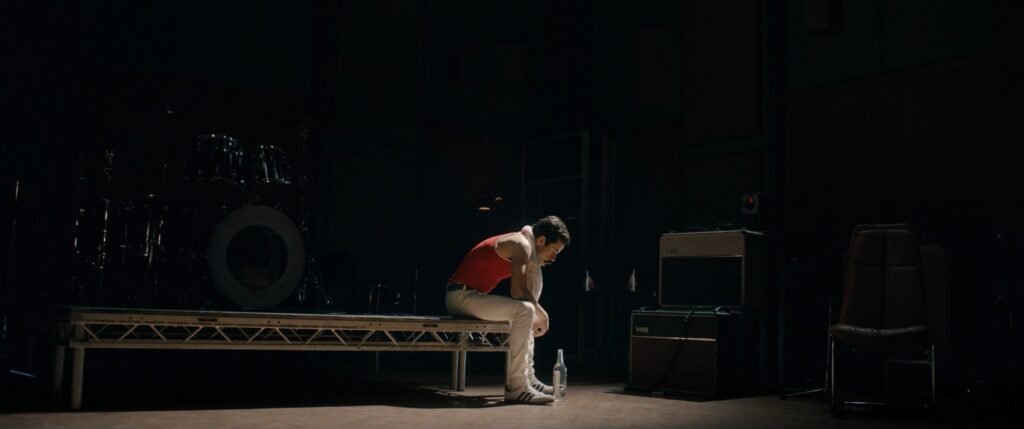
Backlighting
Backlighting is a technique that involves placing the main light source behind the subject, creating a silhouette or halo effect. This type of lighting can be used to create a sense of depth and three-dimensionality, as well as to highlight specific elements within the frame.
Backlighting can be used to create a variety of moods and atmospheres, from dreamy and ethereal to dramatic and intense.

Soft and hard lighting
Soft lighting refers to the use of diffused, low-contrast light that creates gentle transitions between light and shadow. This type of lighting is often used to create a warm, inviting atmosphere or to flatter the appearance of actors and actresses.
Soft lighting can be achieved by using large light sources, diffusers, or bounce cards, which help to spread the light evenly and soften its impact on the subject.
In contrast, hard lighting involves the use of direct, high-contrast light that creates sharp, distinct shadows. This type of lighting is often used to create a sense of drama, tension, or realism, as it can emphasize the texture and detail of a scene.
Hard lighting can be achieved by using small, focused light sources or by placing the lights closer to the subject.
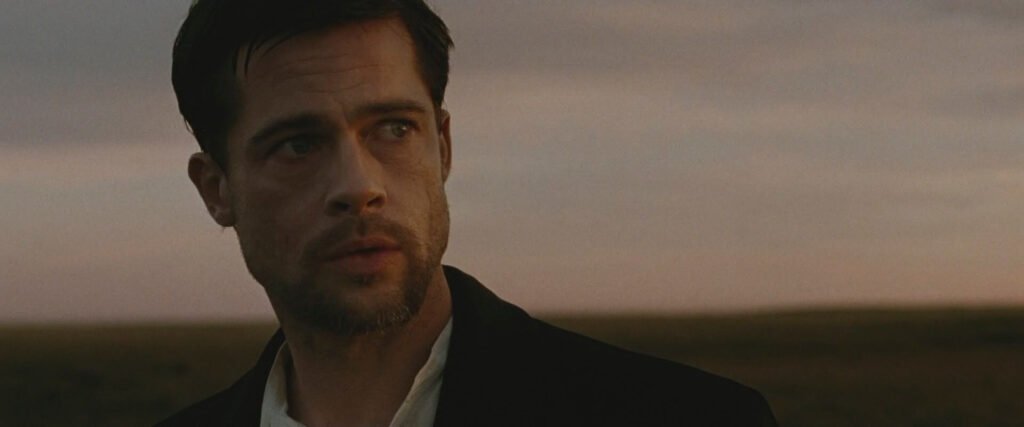
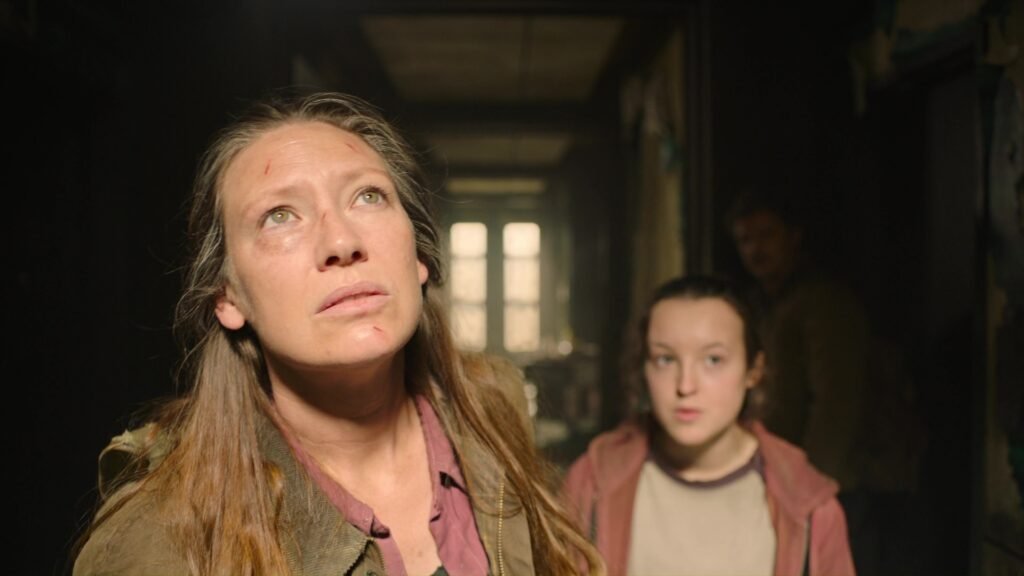
Practical lighting
Practical lighting refers to the use of light sources that are visible within the frame, such as lamps, candles, or streetlights.
This type of lighting is often used to create a sense of realism and authenticity, as it helps to ground the scene in its environment. Practical lighting can also be used to create mood and atmosphere, as the color, intensity, and quality of the light can be manipulated to achieve the desired effect.

Enhancing atmosphere with color temperature
Color temperature is another important aspect of cinematography lighting techniques in film, as it can greatly influence the mood and atmosphere of a scene. Color temperature refers to the relative warmth or coolness of a light source, with warmer tones (such as orange or yellow) creating a cozy, inviting atmosphere and cooler tones (such as blue or white) evoking a sense of coldness, isolation, or tension.
By manipulating the color temperature of the lights, a cinematographer can create a specific mood or atmosphere that supports the narrative and enhances the emotional impact of a scene.
For example, a warm, golden-hued light might be used to create a romantic or nostalgic mood, while a cold, stark white light might be used to evoke a sense of danger or unease.

The Role of Shadows and Contrast
Shadows and contrast play a crucial role in cinematography lighting techniques, as they can add depth, dimension, and visual interest to a scene being shot. By carefully controlling the interplay between light and shadow, a cinematographer can create a sense of drama, mystery, or tension, as well as draw attention to specific elements within the frame.
In general, high-contrast lighting (in which there are sharp differences between light and dark areas) is often used to create dramatic, intense moods, while low-contrast lighting (in which the differences between light and dark areas are more subtle) is used to create softer, more serene atmospheres.
The use of shadows and contrast can also help to create a sense of depth and three-dimensionality in motion picture, making the images on screen appear more lifelike and engaging.
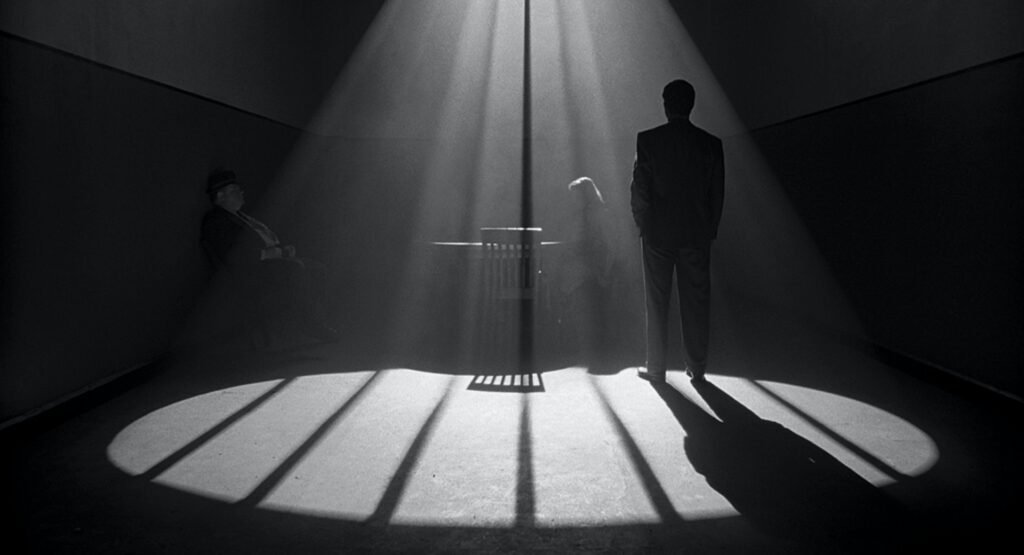
Creative lighting techniques for specific genres
Different film genres often call for specific lighting techniques and camera angles that help to enhance the mood and atmosphere of the story. For example:
- In horror films, lighting techniques such as low-key lighting, backlighting, and the use of shadows and contrast can be used to create a sense of tension, fear, and unease.
- In romantic dramas, soft lighting, warm color temperatures, and gentle transitions between light and shadow can be used to create a tender, intimate atmosphere.
- In science fiction and fantasy films, creative lighting techniques in film such as colored gels, practical lighting, and high-contrast lighting can be used to create a sense of otherworldliness and visual intrigue.
By understanding the unique requirements of each genre, a cinematographer can tailor their lighting techniques to support the narrative and enhance the emotional impact of the film.
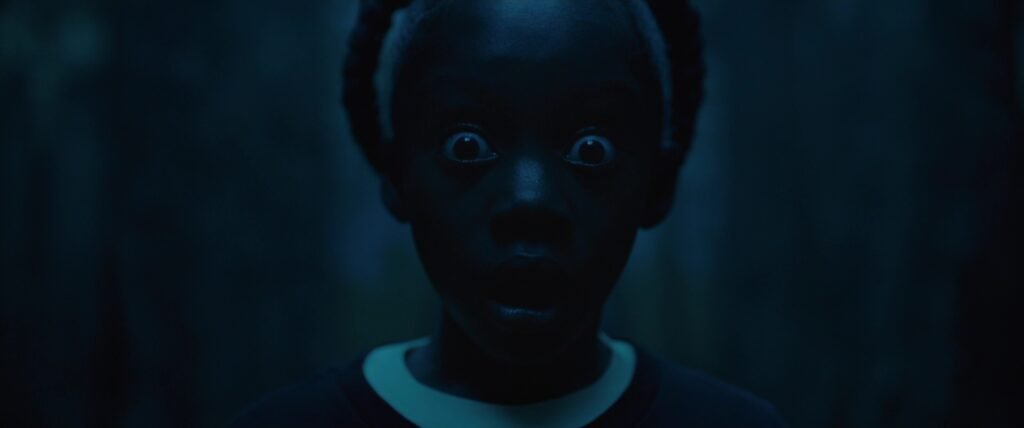
Iconic examples of cinematography lighting in film
Throughout the history of cinema, there have been many iconic examples of cinematography lighting that have helped to shape the visual language of film. Some notable examples include:
- The stark, high-contrast lighting of classic film noir such as “The Maltese Falcon” (1941) and “Touch of Evil” (1958), which helped to create a sense of tension, intrigue, and moral ambiguity.
- The surreal, dreamlike lighting of Stanley Kubrick’s “2001: A Space Odyssey” (1968), which used innovative techniques such as front projection and colored gels to create a sense of otherworldliness and cosmic wonder.
- The warm, golden-hued lighting of “The Godfather” (1972), which evoked a sense of nostalgia and familial intimacy, as well as underscored the darker, more violent aspects of the story.
These examples demonstrate the power of cinematography lighting techniques to shape the mood and atmosphere of a film in production, and to create a lasting impact on audiences around the world.
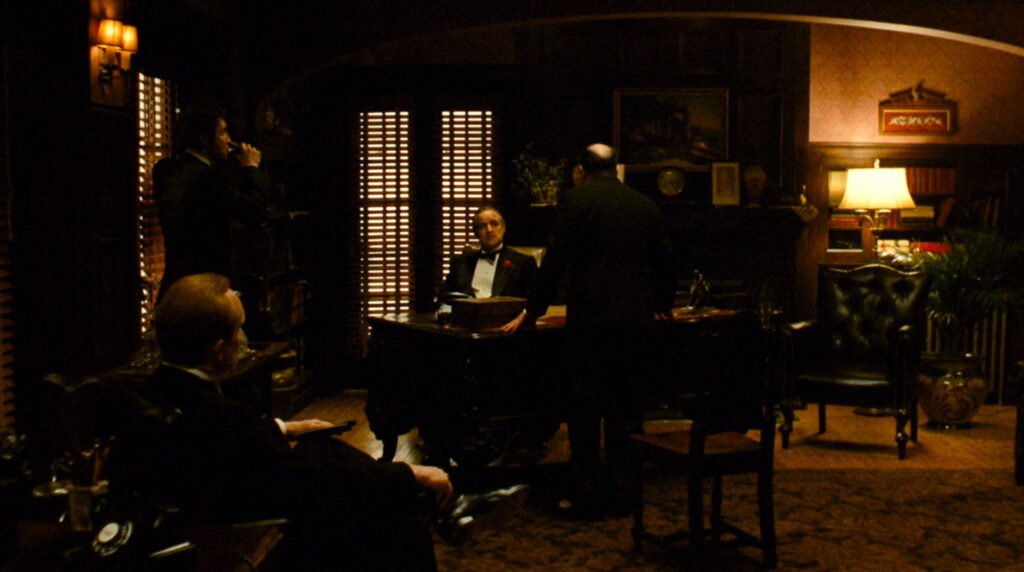
The Power of lighting in Storytelling
Cinematography lighting techniques in film play a vital role in the art of visual storytelling, as they can shape the mood and atmosphere of a scene, create a sense of depth and three-dimensionality, and guide the audience’s eye. By understanding the various types of lighting techniques and their impact on mood and atmosphere, filmmakers can harness the power of light to tell compelling, emotionally resonant stories that resonate with audiences around the world.
What is the importance of lighting techniques in film?
Lighting techniques in film are crucial as they not only allow the audience to see the action on screen but also shape the way they perceive the story. Lighting can create a sense of realism or fantasy, draw attention to specific details or characters, and evoke emotions such as fear, joy, or sadness. It has the power to immerse the audience in the world of the film and make them feel connected to the story.
What are the different types of cinematography lighting techniques in film?
Cinematography lighting techniques can be broadly divided into natural and artificial lighting. Natural lighting refers to the use of sunlight or other natural light sources, while artificial lighting involves the use of various types of lights and equipment, such as tungsten, LED, or fluorescent lights, to create the desired lighting effects.
How does color temperature enhance atmosphere in cinematography lighting?
Color temperature greatly influences the mood and atmosphere of a scene in cinematography lighting. Warmer tones create a cozy, inviting atmosphere, while cooler tones evoke a sense of coldness, isolation, or tension. By manipulating the color temperature of the lights, a cinematographer can create a specific mood or atmosphere that supports the narrative and enhances the emotional impact of a scene.
What are some iconic examples of cinematography lighting techniques in film?
Throughout the history of cinema, there have been iconic examples of cinematography lighting that have helped shape the visual language of film. Examples include the high-contrast lighting of classic film noir, the dreamlike lighting of “2001: A Space Odyssey,” and the warm, golden-hued lighting of “The Godfather.” These examples demonstrate the power of cinematography lighting techniques to shape the mood and atmosphere of a film and create a lasting impact on audiences.